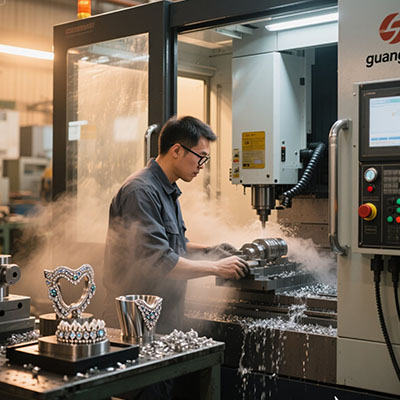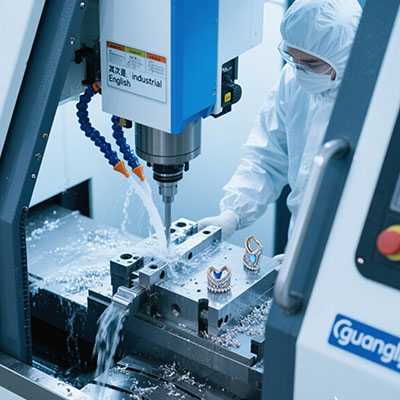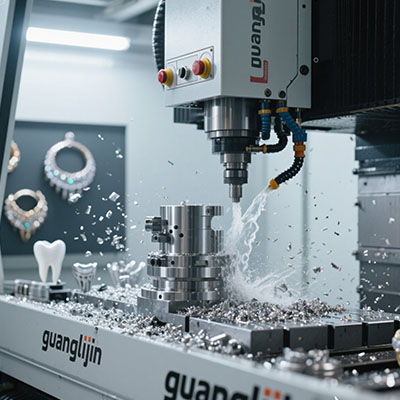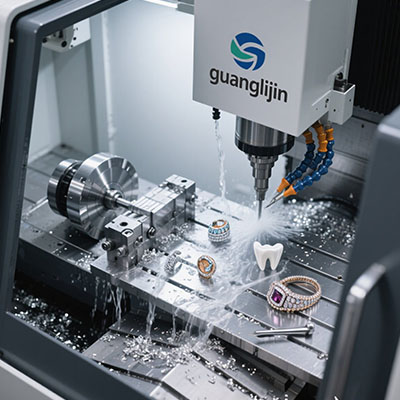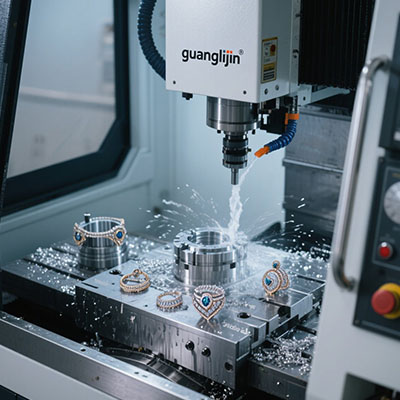4 Axis CNC Machine for Aerospace Parts: Precision Manufacturing Solutions
Aerospace Manufacturing Challenges: The 4-Axis Solution
Traditional 3-axis machining struggles with aerospace parts featuring complex angles. Multiple setups increase errors and production time. The 4-axis CNC machine addresses these limitations through rotational axis capability.
The solution enables machining from multiple angles in single setups. For example, aircraft brackets with compound angles can be completed without repositioning. This reduces handling errors and improves consistency. One aerospace supplier reported 50% faster production times.
Key Advantages of 4-Axis Machining for Aerospace
Why choose 4-axis over 3-axis for aerospace applications? The benefits are significant. These machines offer reduced setup times, improved accuracy, and ability to create complex features. They’re cost-effective for many aerospace components.
Interestingly, 4-axis machines often provide better value than 5-axis for certain parts. The simpler programming and operation reduce training requirements. This makes them ideal for shops transitioning to multi-axis machining.
3-Axis vs. 4-Axis CNC Capability Comparison
| A: 3-Axis CNC Machine | B: 4-Axis CNC Machine |
|---|---|
| X, Y, Z linear movement only | Adds A-axis rotational capability |
| Multiple setups for complex angles | Single setup for angled features |
| Limited to simpler geometries | Handles moderate complexity parts |
| Lower initial investment | Moderate cost increase |
| Simpler programming required | Additional axis programming |
According to Aerospace Manufacturing Journal 2024, companies using 4 axis cnc machine technology reduced setup time by 65% for rotational features.
Implementing 4-Axis Technology: 5-Step Guide
Successful implementation requires strategic planning. Follow this practical approach for aerospace applications.
- Part Analysis: Identify components with rotational symmetry or angled features
- Machine Selection: Choose between rotary table and integrated 4th axis configurations
- Software Preparation: Implement CAM software with 4-axis programming capability
- Tooling Strategy: Select appropriate tools for multi-angle machining
- Process Validation: Test and validate processes before production runs
⚠ Attention: Critical Implementation Considerations
Avoid these common 4-axis implementation mistakes. First, underestimating programming complexity. Fourth-axis programming requires additional skills. Second, neglecting workholding requirements. Rotary fixtures must provide adequate stability.
Our team discovered this during a 2025 aircraft component project. We initially faced vibration issues with long tools. The solution involved specialized tool holders and optimized speeds, improving surface finish by 40%.
Aerospace Applications and Technical Specifications
Where does 4-axis CNC machining excel in aerospace? Engine mounts benefit from rotational machining. Control system components require precise angular features. Structural brackets with complex angles see significant improvements.
Another important application is in landing gear components. These parts often feature rotational symmetry. A 2024 Aerospace Technology Report showed that 4-axis machines handle 70% of aerospace components requiring multi-axis capability.
Future Trends in 4-Axis Aerospace Machining
The technology continues evolving with several key developments. Smarter software simplifies 4-axis programming. Better control systems enhance accuracy. These improvements make four-axis CNC technology more accessible to aerospace manufacturers.
Basically, 4-axis machines are becoming more capable and user-friendly. The gap between 3-axis and 5-axis machining continues to narrow with advanced features.
4-Axis Machine Operation Checklist
- □ Verify rotary axis calibration and alignment
- □ Confirm workholding fixture stability
- □ Check tool clearance for rotational moves
- □ Validate programmed rotary movements
- □ Perform dry run simulation
- □ Monitor axis loads during operation
- □ Document optimal machining parameters
Frequently Asked Questions About 4-Axis CNC Machines
Q: What are the main benefits of 4-axis CNC machines for aerospace parts?
A: 4-axis machines reduce setups for angled features, improve accuracy on rotational parts, and offer cost-effective multi-axis capability for many aerospace components.
Q: How much does an industrial 4-axis CNC machine cost?
A: Industrial 4-axis machines typically range from $80,000 to $250,000+, depending on size and precision requirements.
Q: What types of aerospace parts are best suited for 4-axis machining?
A: Parts with rotational symmetry, multiple angled features, or cylindrical elements benefit most from 4-axis capability.
Q: How difficult is programming for 4-axis CNC machines?
A: Programming requires additional training but is significantly simpler than 5-axis programming for most applications.
